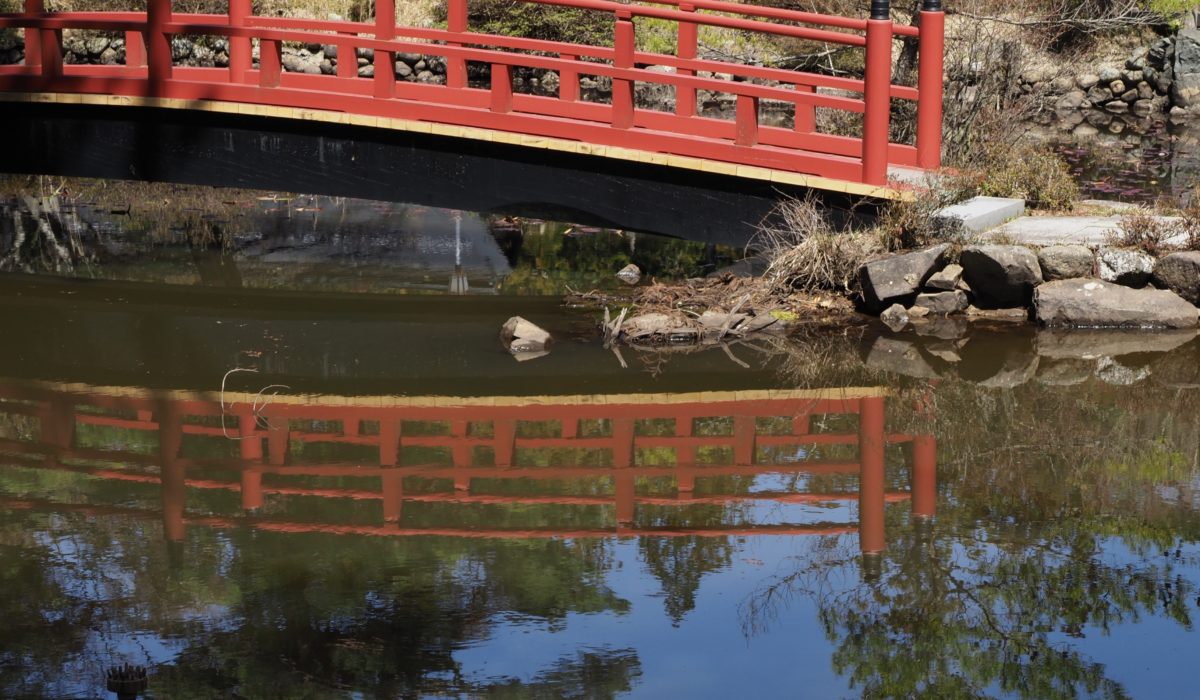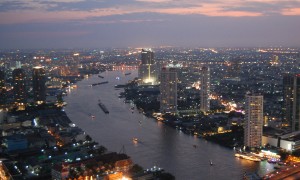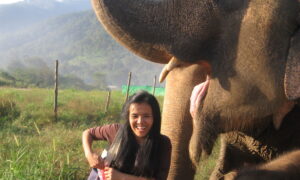Koya San
After two weeks of exploring art and the gardens of Japan last April, we said good-byes to our fellow travelers on the Tiny World Tour trip and headed to Koya San a center of Buddhist study and practice where one can visit over 100 temples and a huge cemetery.
Not far from Osaka and close to the Kumano Kodo Trail, it is an interesting spot to visit a bit off the beaten track in Japan.
Not too far off though. Hundreds of people head there yearly to see this World Heritage Site, experience how the monks live, explore the cemetery and have a bit of respite from daily life. KoyaSan was founded 12 centuries ago by the Buddhist monk Kobo Daishi Kukai as a center for Shingon Buddhist training, far from worldly distractions.
It is believed that he never passed away and resides and meditates in a tomb at the far end of the cemetery. Monks bring food to him every day.
Near by is the prayer chapel with 10,000 lanterns. Mystical and lovely.
We checked into one of the larger and more commercial temples for our two night stay. While the experience was a little frantic and touristy, we enjoyed it. See next week’s blog post for that experience.
When we explored we found large temples to visit, a museum of the area, and a small shopping district.
We participated in several Buddhist ceremonies including one that prepares the attendee for acceptance of the Buddhist principals. There was no obligation to go further, just an openness to this ancient religious practice.
The KoyaSan area was all very hands on and home grown. For example, this is the menu at a small restaurant where we joined a group table for lunch. The other travelers were from Australia and Europe. We happily compared notes on our experiences.
Okunoin
The most famous thing about the area is the dramatic, huge and gorgeous cemetery called Okunoin with over 200,000 gravestones and memorial pagodas among towering centuries old cedar trees. We walked through it several times, wondering about the people who ended up here. The moss covered statures, lanterns and figures were compelling in a mystical sort of way.
Unfortunately we didn’t have a guide so I can’t tell you much about it other than it is worth going to and if you go, get yourself a guide. We went to the main tourist center to see if one was available, but no one spoke English. Opps. Guess I needed to arrange for this ahead.
But the walk was gorgeous, mystical and magical and the contrast to sights and scenes of Tokyo and Kyoto and Naoshima were striking.
Contrasting with the ancient stone, moss and huge trees, the area was loaded with funny little figures with bibs. Called Jizo, the figure is believed to watch over and protect children in the afterlife. The bibs are placed on statues by those who have lost children with the prayer that the children will be looked after. The folk custom is so popular that bibs are sometimes seen on other Buddhist statues as well.
If you enjoy reading DesignDestinations.org, please sign up to receive weekly notices of new posts. The sign up is on the right hand side of this page.
































